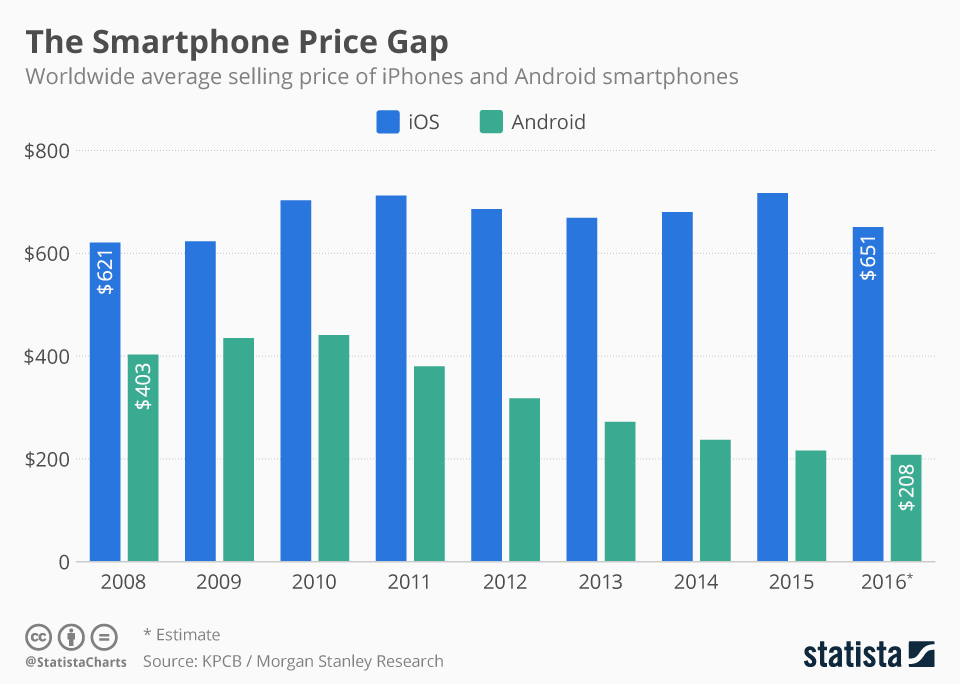Introduction
Smartphones have become a necessity, but one question confuses many buyers: Why do some mobile phones cost so much more than others, even though their features seem almost identical? In this blog, we dive deep into the Smartphone price difference and uncover why two phones with similar specs can have vastly different price tags.

Key Reasons Behind the Mobile Price Difference
1. Brand Value and Market Positioning
Trust and Legacy
Well-known brands like Apple, Samsung, and Google have built a strong reputation over the years. Consumers trust these brands not just for quality but also for consistent updates, better service, and ecosystem integration.
Premium Branding Strategy
Premium brands often position their devices as luxury items. Just like a Rolex is more expensive than a Casio watch, even if both tell time, the brand perception adds value.
When you buy a smartphone from Apple, Samsung, or Google, you’re not just buying a device—you’re buying into a brand. These brands have spent years building trust, offering software support, and ensuring quality.
- Apple devices, for example, come with premium pricing because of their tightly integrated ecosystem and high customer loyalty.
- Budget brands like Infinix, Tecno, or Realme offer similar hardware but are not perceived as high-end.
2. Smartphone Build Quality and Materials
Premium Materials
High-end phones usually use better materials like Gorilla Glass Victus, aluminum or titanium frames, and ceramic backs, while budget phones often use plastic.
Durability & Feel
Expensive phones tend to have better construction, which enhances durability, look, and in-hand feel — something that cheaper models often compromise on.
3. Smartphone Software Optimization and Support
Long-Term Software Updates
Premium phones generally receive more frequent and long-term updates (up to 5 years), improving performance and security. Budget phones might only get 1-2 years of updates.
Custom OS Features
Some expensive phones come with custom UI/UX features, advanced AI, and better optimization, making the experience smoother even with similar hardware.

4. Smartphone Camera Quality and Processing
More Than Megapixels
Even if two phones list the same 50MP camera, the expensive one likely has a larger sensor, better optics, OIS (optical image stabilization), and enhanced night photography.
Image Processing Software
The image signal processor (ISP) and AI-driven post-processing in premium phones create much better results — from clarity to dynamic range — even if hardware specs appear identical.
5.Smartphone R&D and Innovation Cost
Cutting-Edge Tech
High-end phones often debut new features like under-display cameras, advanced cooling systems, or satellite connectivity. These innovations come with heavy R&D costs.
Testing and Certifications
Expensive phones go through rigorous quality tests and may have IP ratings, military-grade durability certifications, and wireless charging capabilities — all of which add to the cost.
6. Smartphone Marketing, Distribution & After-Sales Support
Big-Budget Marketing
Flagship devices often come with massive ad campaigns, celebrity endorsements, and international launches. These costs are included in the price.
Better Customer Support
Premium phones typically offer superior after-sales service, fast replacement policies, and exclusive service centers — features that budget brands might lack.
Hardware Quality and Build Materials
Not All Components Are Created Equal
Two phones may list similar features on paper—like “108MP camera” or “5000mAh battery”—but the quality can differ drastically.
- Premium phones use better camera sensors, glass (Gorilla Glass Victus), metal frames, and OLED displays.
- Budget phones might cut costs with plastic bodies, lower refresh rate displays, or weaker camera processing.
Budget Phones: The Other Side of the Coin
While budget smartphones offer amazing value, they cut costs strategically:
- Use of older processors
- Lower-grade materials
- Limited support & software updates
- Basic camera tuning
- Minimal marketing spend
These cost-saving tactics allow them to offer similar specs at a lower price, but often at the cost of longevity, support, and experience.
Conclusion
Smartphones may appear similar on paper, but pricing involves more than just technical specs. From brand value and materials to software support and after-sales service — many hidden factors influence the smartphone price difference. Next time you’re shopping, don’t just compare the numbers. Consider the full experience and long-term value of the device

